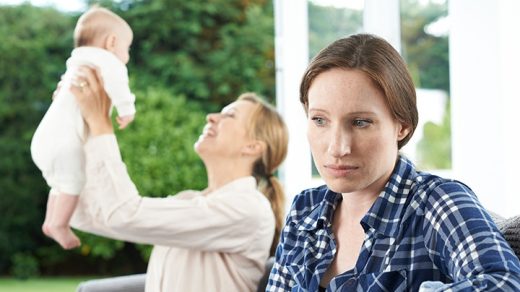The Union of the Crowns.
The Treaty of Perpetual Peace was signed in 1502 by James IV of Scotland and Henry VII of England. James married Henry’s daughter, Margaret Tudor. James invaded England in support of France under the terms of the Auld Alliance and became the last British monarch to die in battle, at Flodden in 1513. The war with England during the minority years of Mary, Queen of Scots between 1543 and 1551 is known as the Rough Wooing.
In 1560, the Treaty of Edinburgh brought an end to the Siege of Leith and recognized the Protestant Elizabeth I as Queen of England.: 112 The Parliament of Scotland met and immediately adopted the Scots Confession, which signalled the Scottish Reformation‘s sharp break from papal authority and Roman Catholic teaching.: 44 The Catholic Mary, Queen of Scots, was forced to abdicate in 1567.

In 1603, James VI, King of Scots inherited the thrones of the Kingdom of England and the Kingdom of Ireland in the Union of the Crowns, and moved to London. The first Union Jack was designed at James’s behest, to be flown in addition to the St Andrew’s Cross on Scots vessels at sea. James VI and I intended to create a single kingdom of Great Britain, but was thwarted in his attempt to do so by the Parliament of England, which supported the wrecking proposal that a full legal union be sought instead, a proposal to which the Scots Parliament would not assent, causing the king to withdraw the plan.[59]
With the exception of a short period under the Protectorate, Scotland remained a separate state in the 17th century, but there was considerable conflict between the crown and the Covenanters over the form of church government.: 124 The military was strengthened, allowing the imposition of royal authority on the western Highland clans. The 1609 Statutes of Iona compelled the cultural integration of Hebridean clan leaders.: 37–40 In 1641 and again in 1643, the Parliament of Scotland unsuccessfully sought a union with England which was “federative” and not “incorporating”, in which Scotland would retain a separate parliament. The issue of union split the parliament in 1648.
After the execution of the Scottish king at Whitehall in 1649, amid the Wars of the Three Kingdoms and its events in Scotland, Oliver Cromwell, the victorious Lord Protector, imposed the British Isles’ first written constitution – the Instrument of Government – on Scotland in 1652 as part of the republican Commonwealth of England, Scotland, and Ireland. The Protectorate Parliament was the first Westminster parliament to include representatives nominally from Scotland. The monarchy of the House of Stuart was resumed with the Restoration in Scotland in 1660.
The Parliament of Scotland sought a commercial union with England in 1664; the proposal was rejected in 1668. In 1670 the Parliament of England rejected a proposed political union with Scotland. English proposals along the same lines were abandoned in 1674 and in 1685. The Battle of Altimarlach in 1680 was the last significant clan battle fought between highland clans. After the fall and flight into exile of the Catholic Stuart king, James VII and II the Glorious Revolution in Scotland and the Convention of Estates replaced the House of Stuart in favour of William III and Mary II who was Mary Stuart: 142 The Scots Parliament rejected proposals for a political union in 1689. Jacobitism, the political support for the exiled Catholic Stuart dynasty, remained a threat to the security of the British state under the Protestant House of Orange and the succeeding House of Hanover until the defeat of the Jacobite rising of 1745.
In common with countries such as France, Norway, Sweden and Finland, Scotland experienced famines during the 1690s. Mortality, reduced childbirths and increased emigration reduced the population of parts of the country about 10–15%. In 1698, the Company of Scotland attempted a project to secure a trading colony on the Isthmus of Panama. Almost every Scottish landowner who had money to spare is said to have invested in the Darien scheme.



